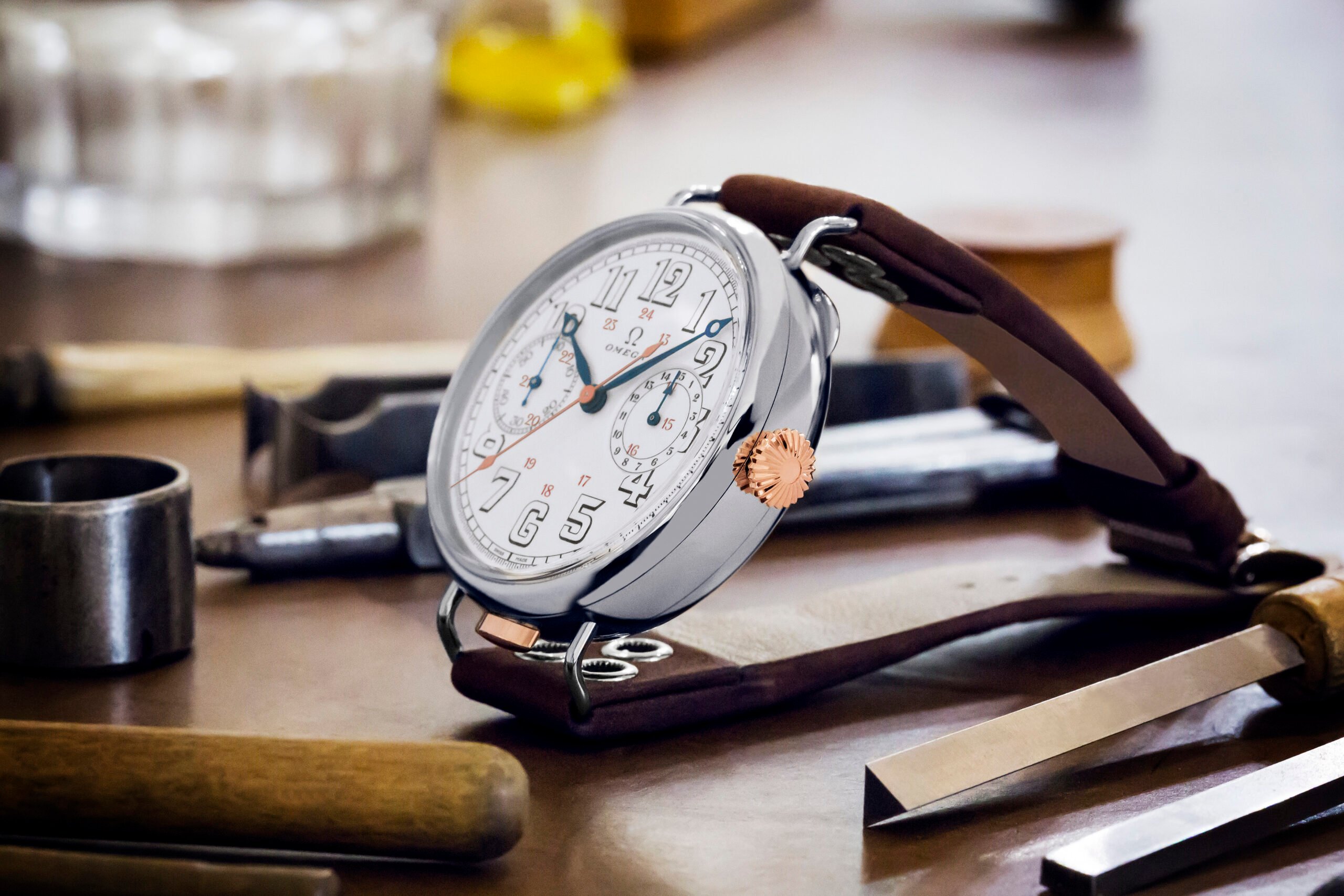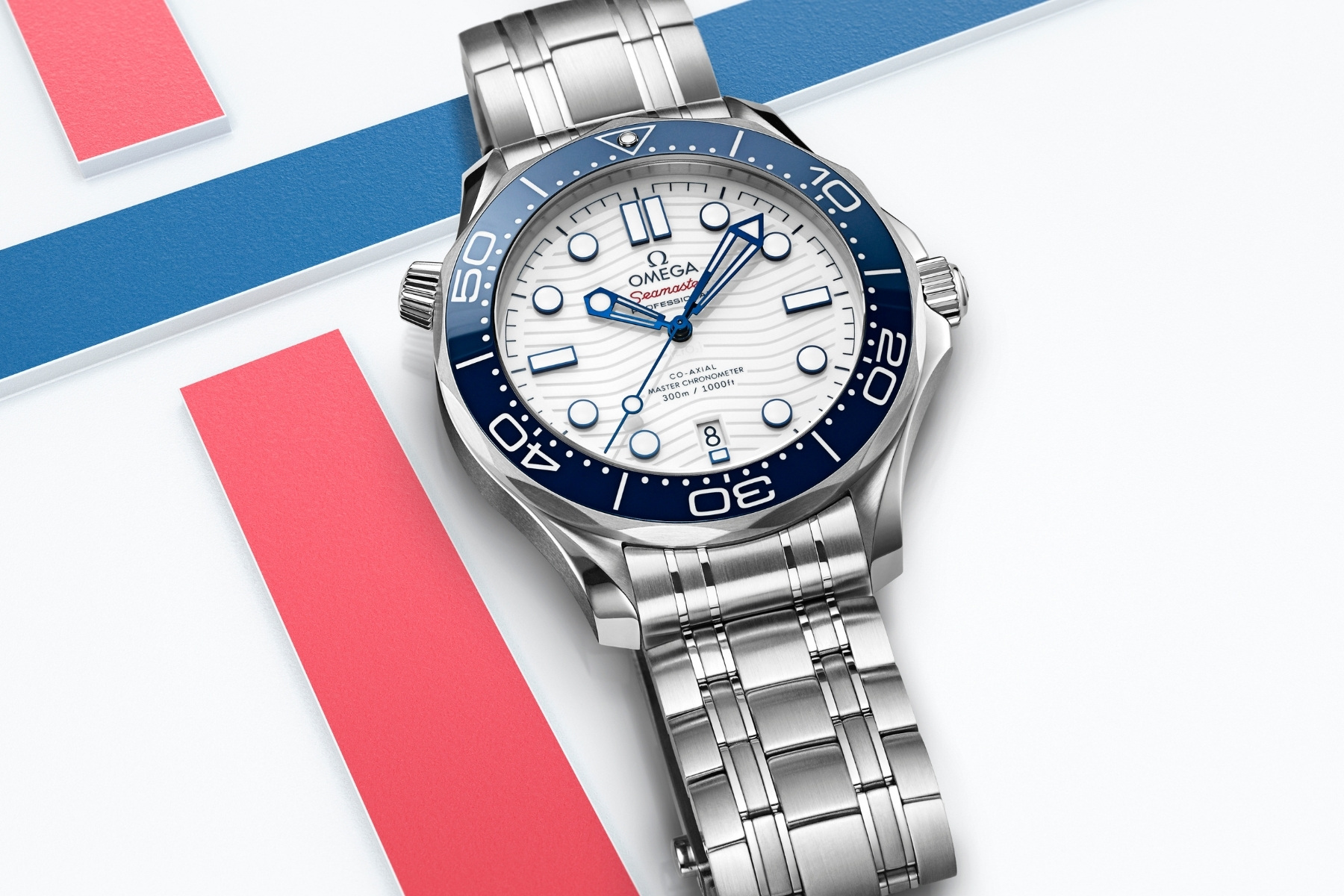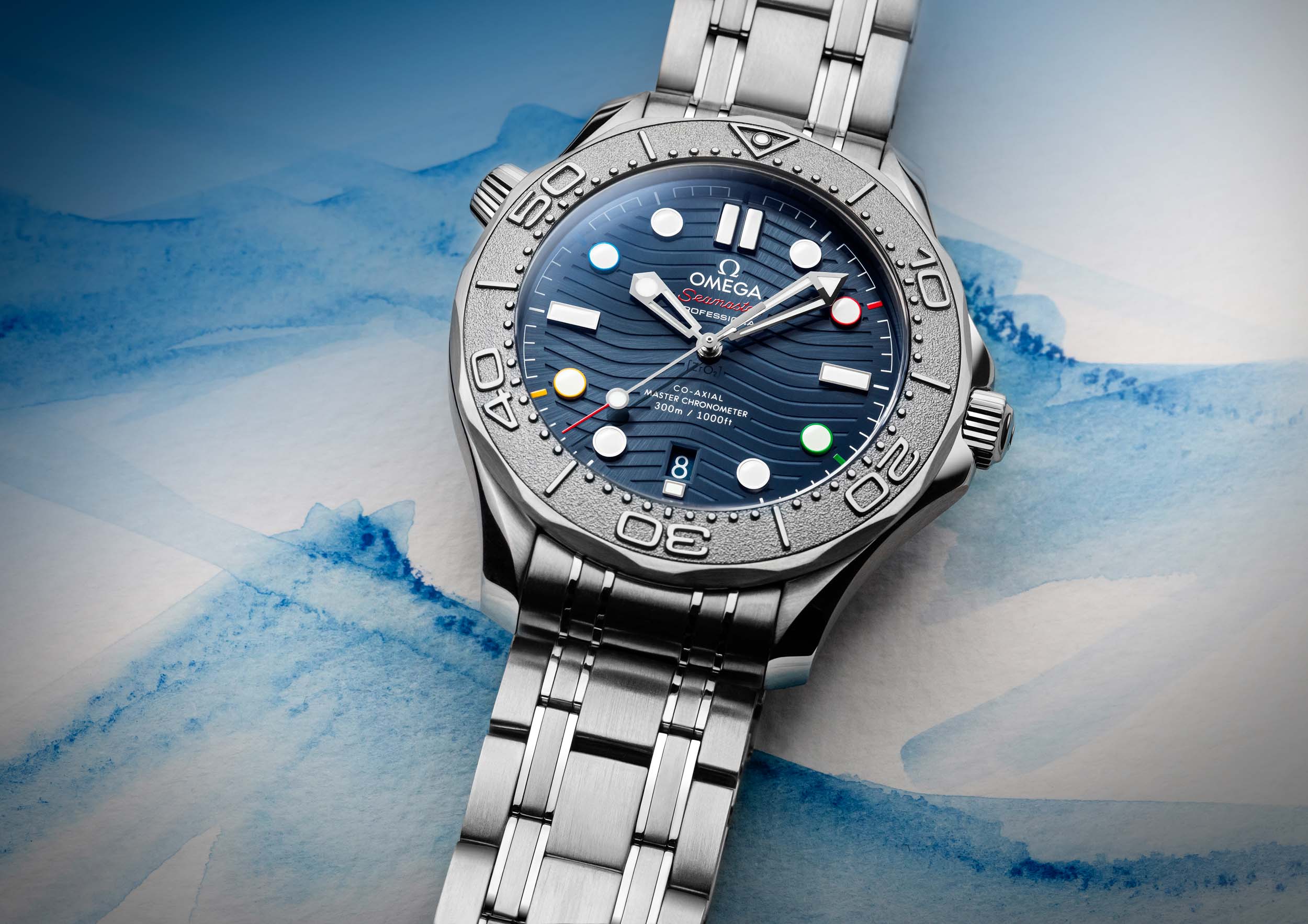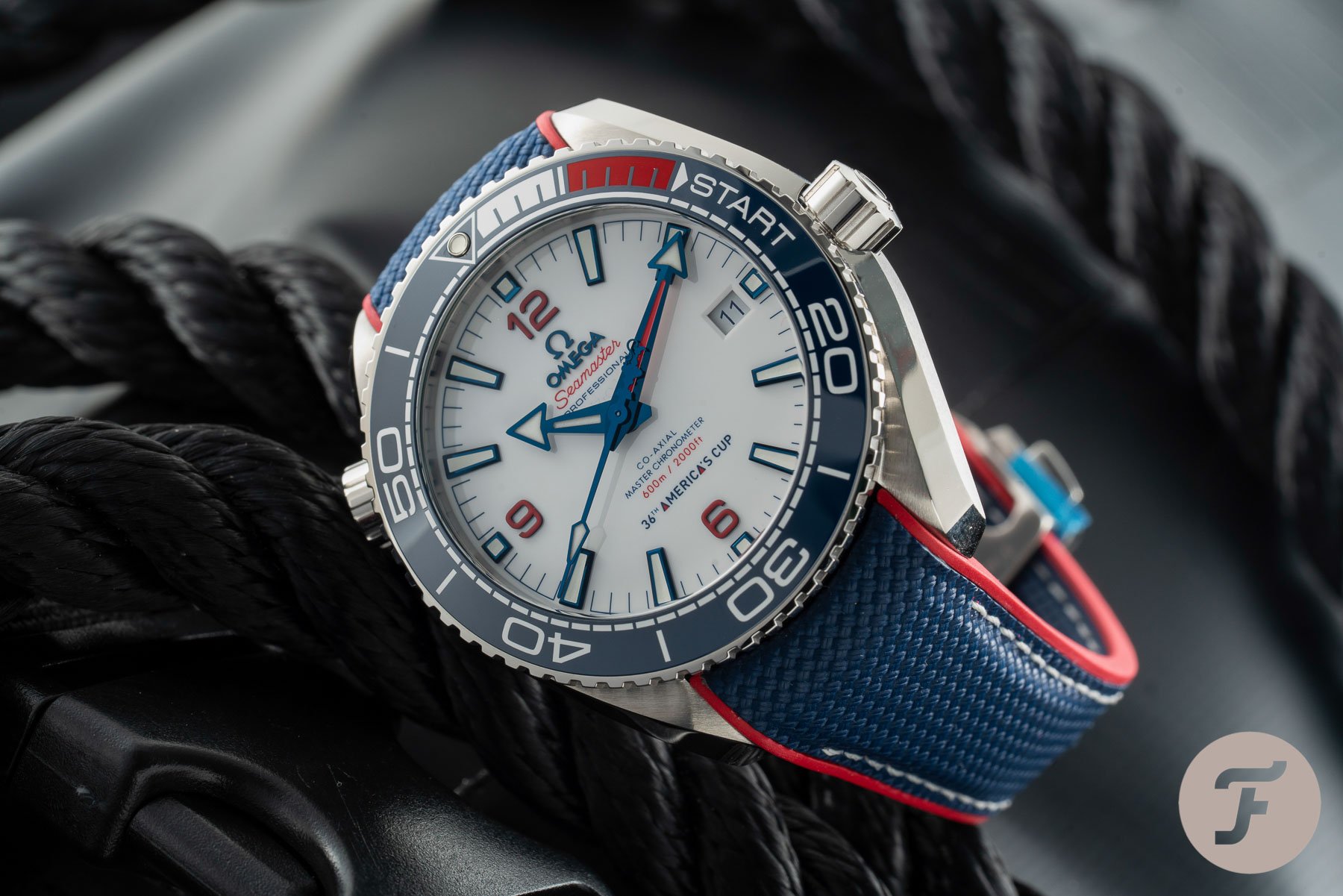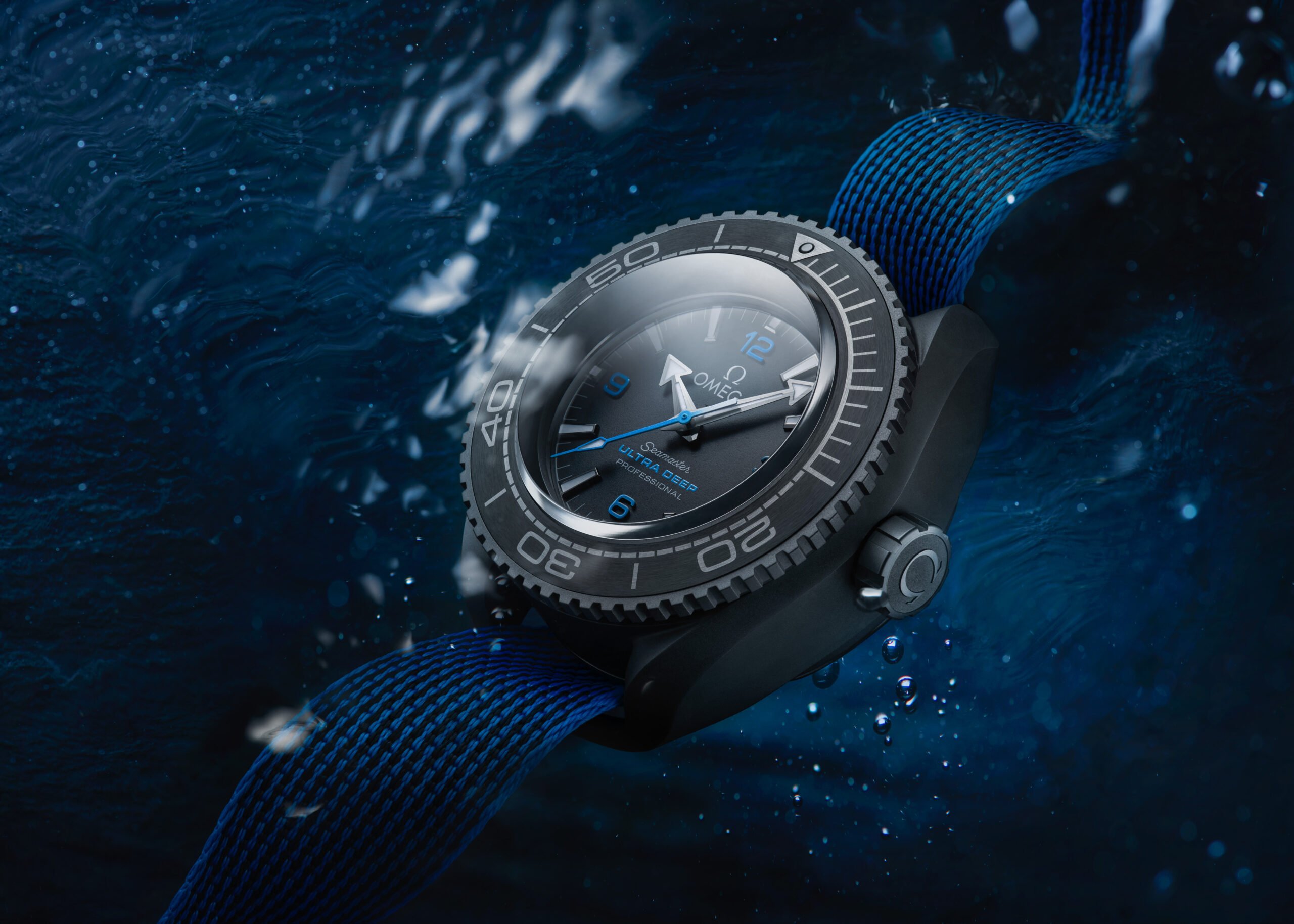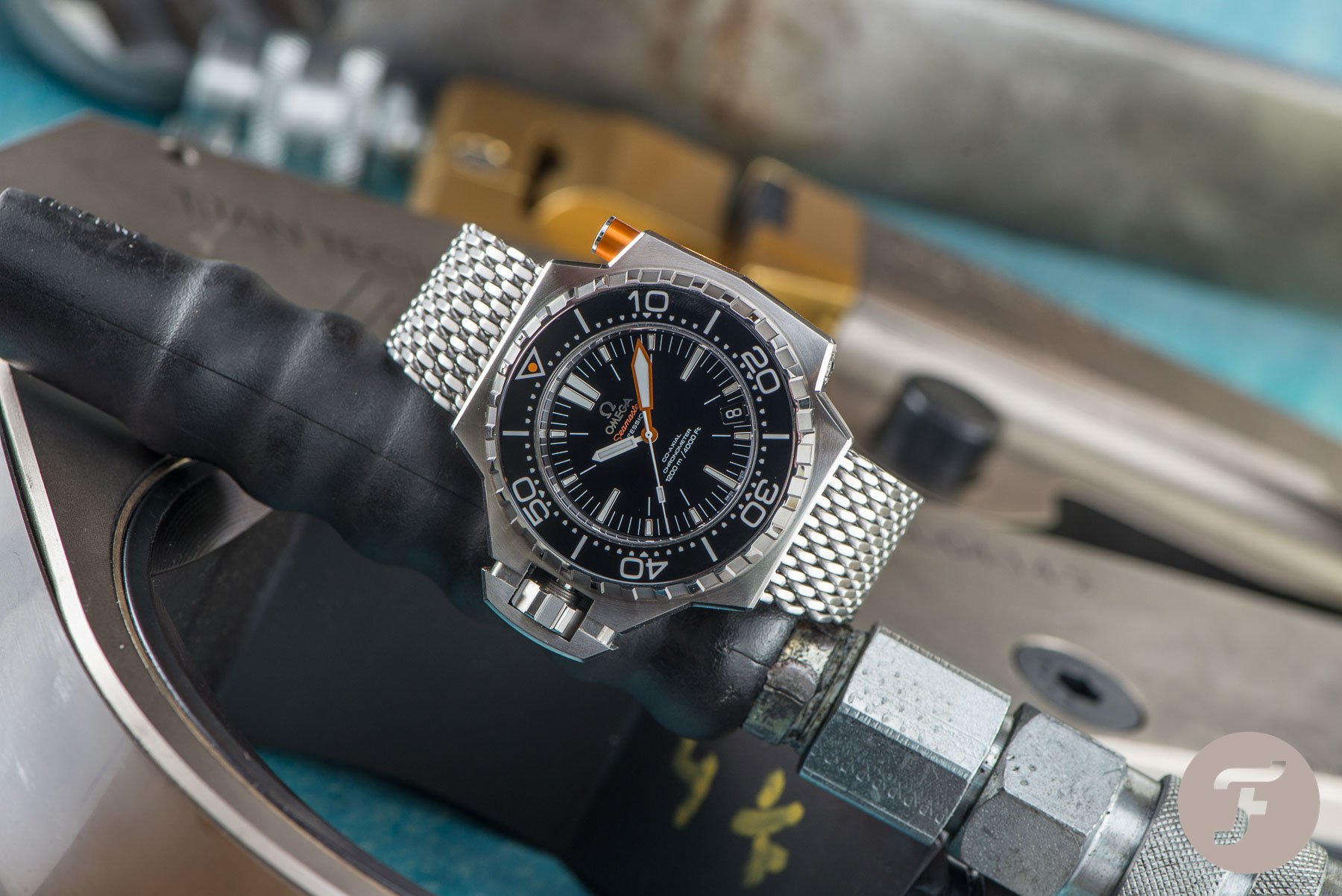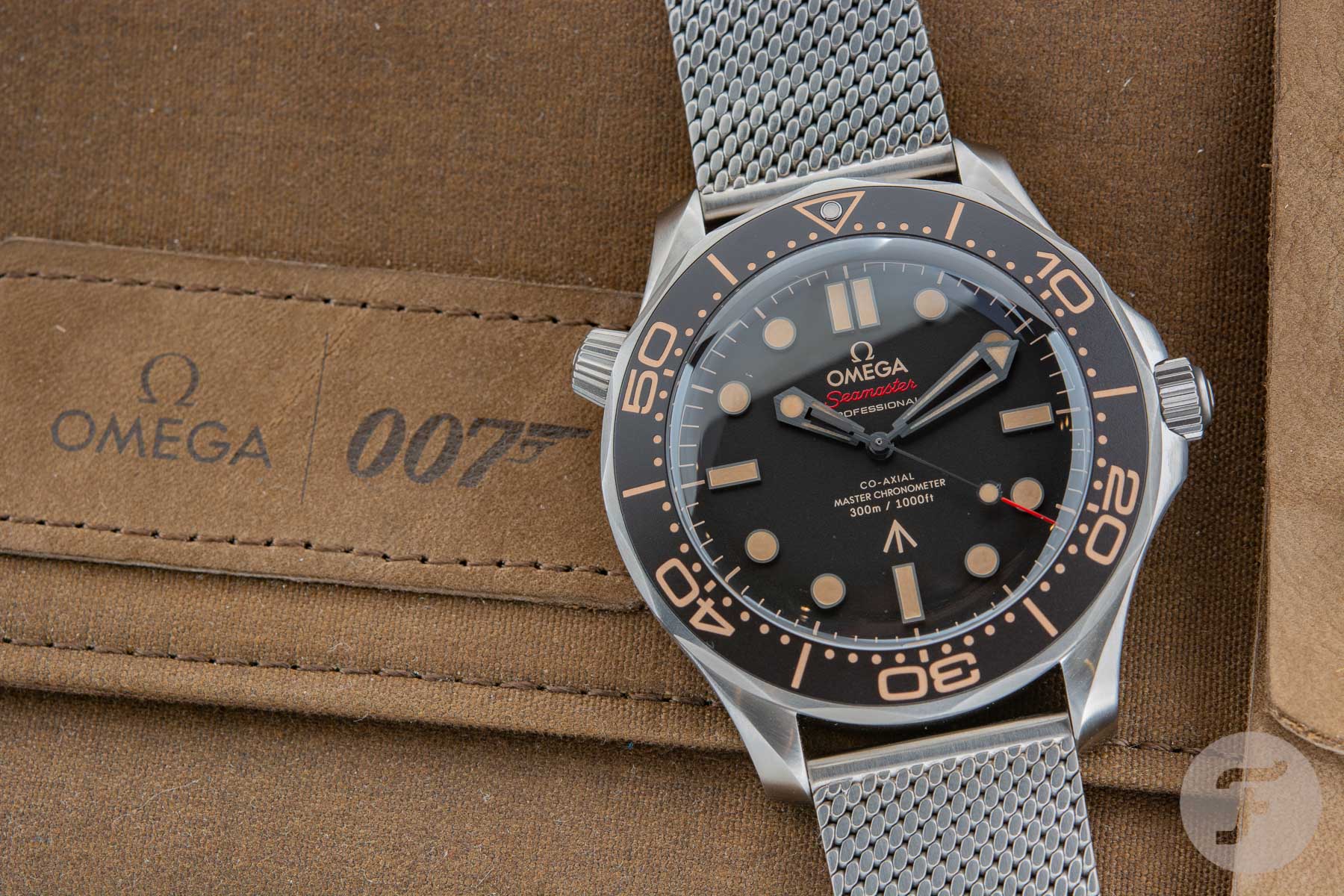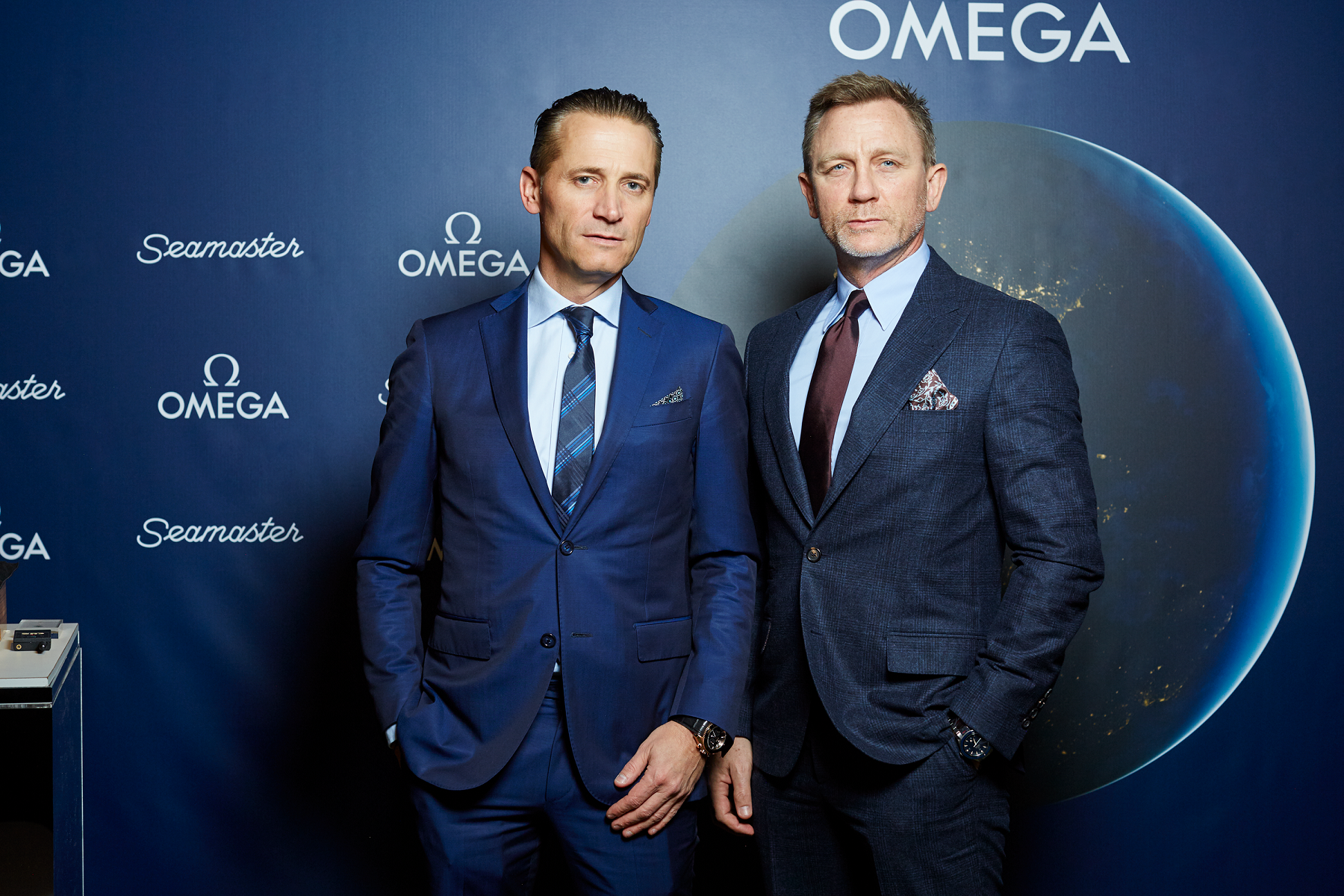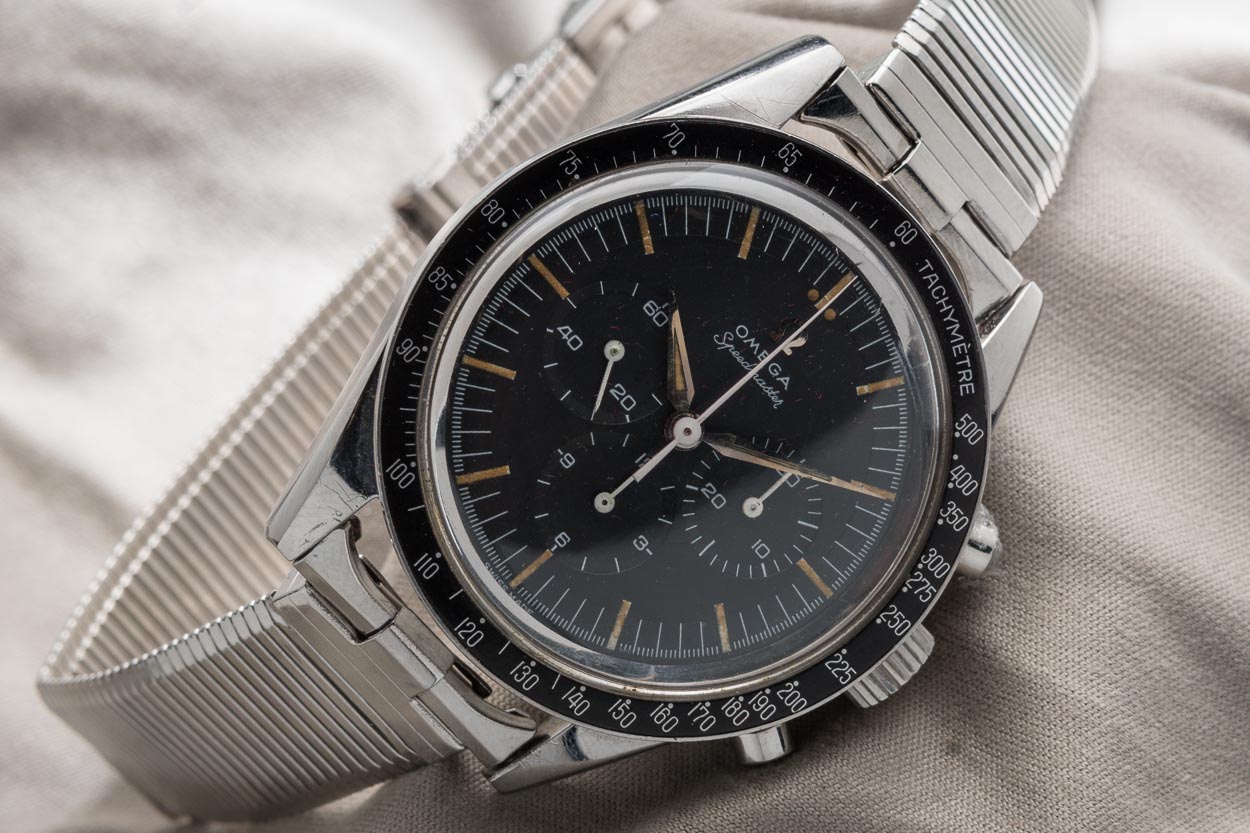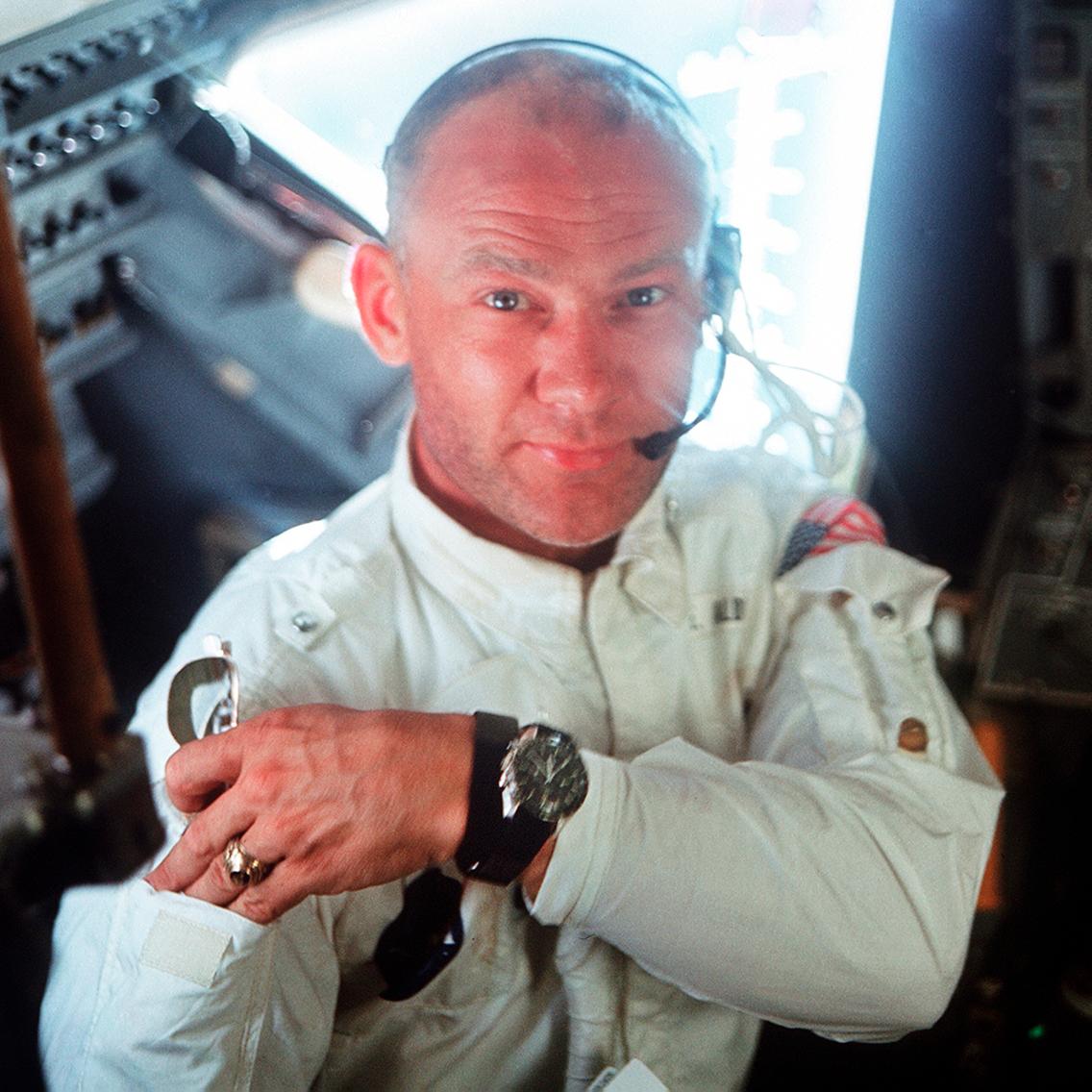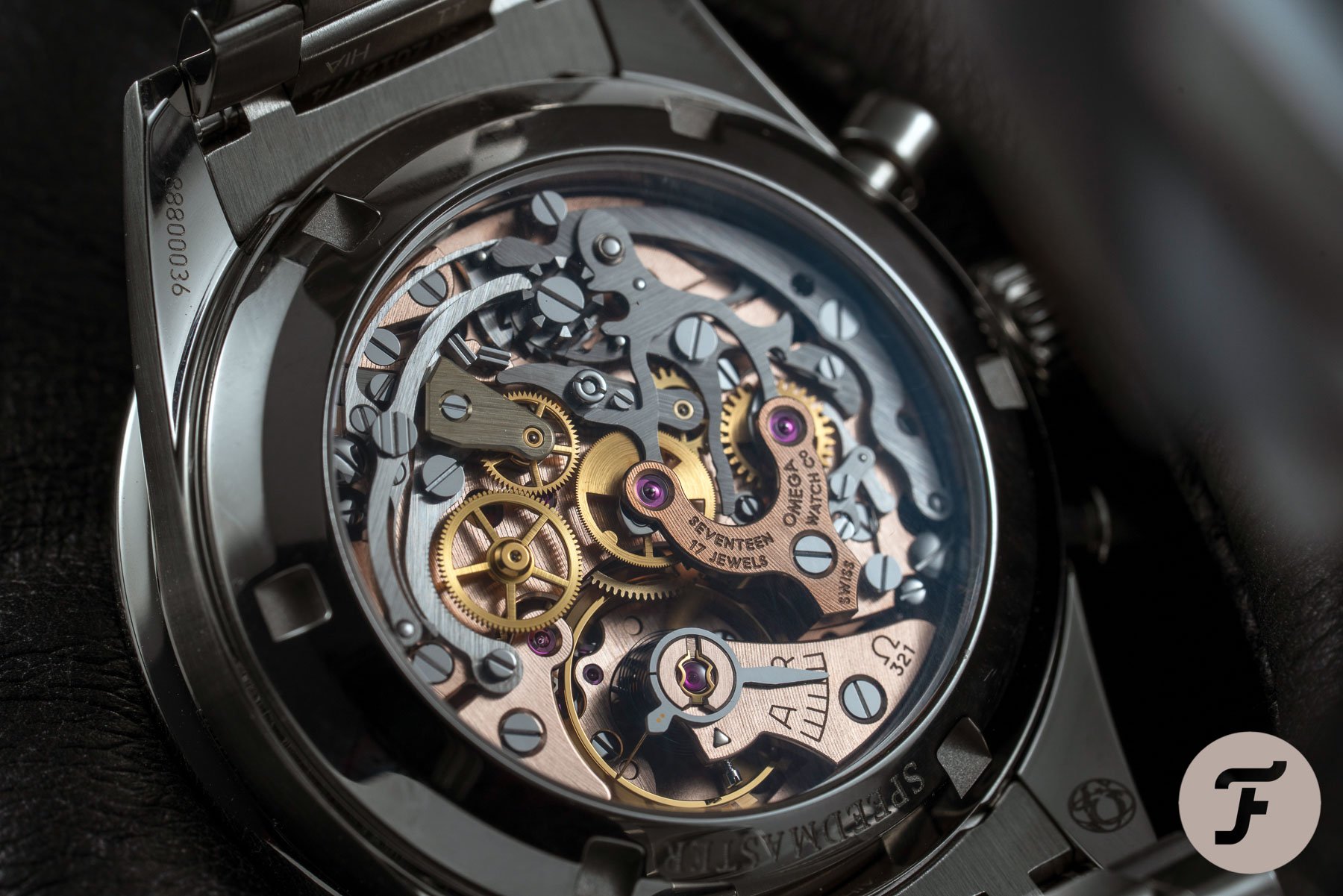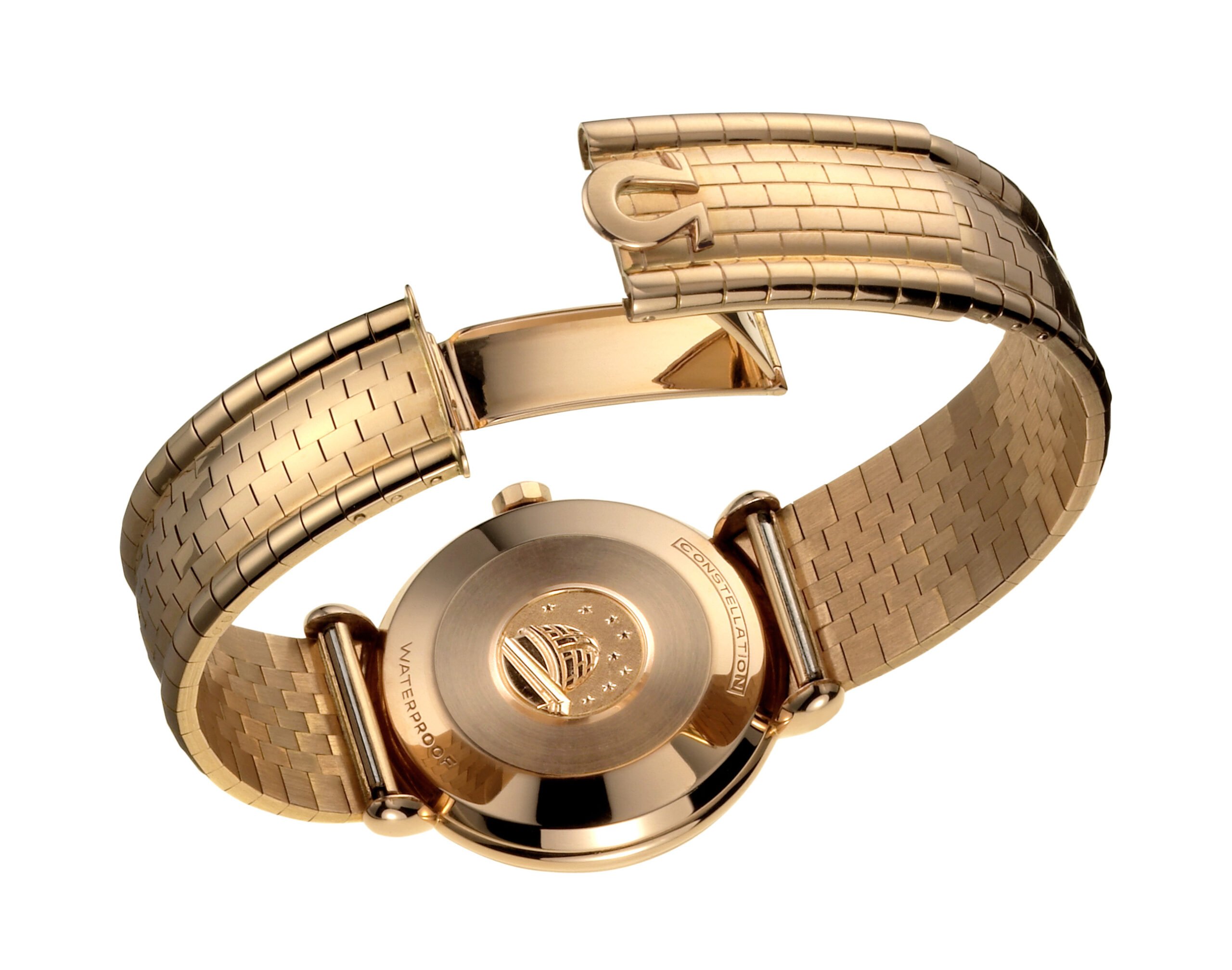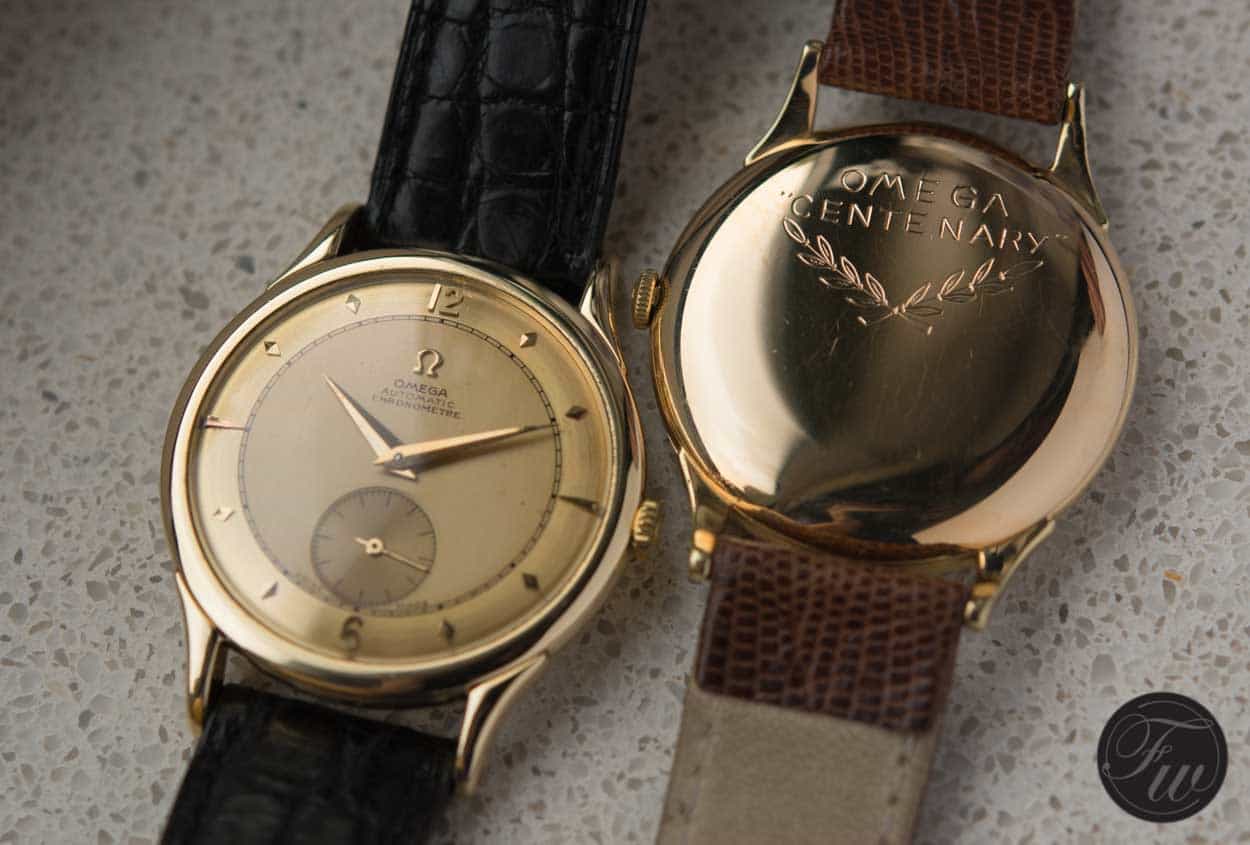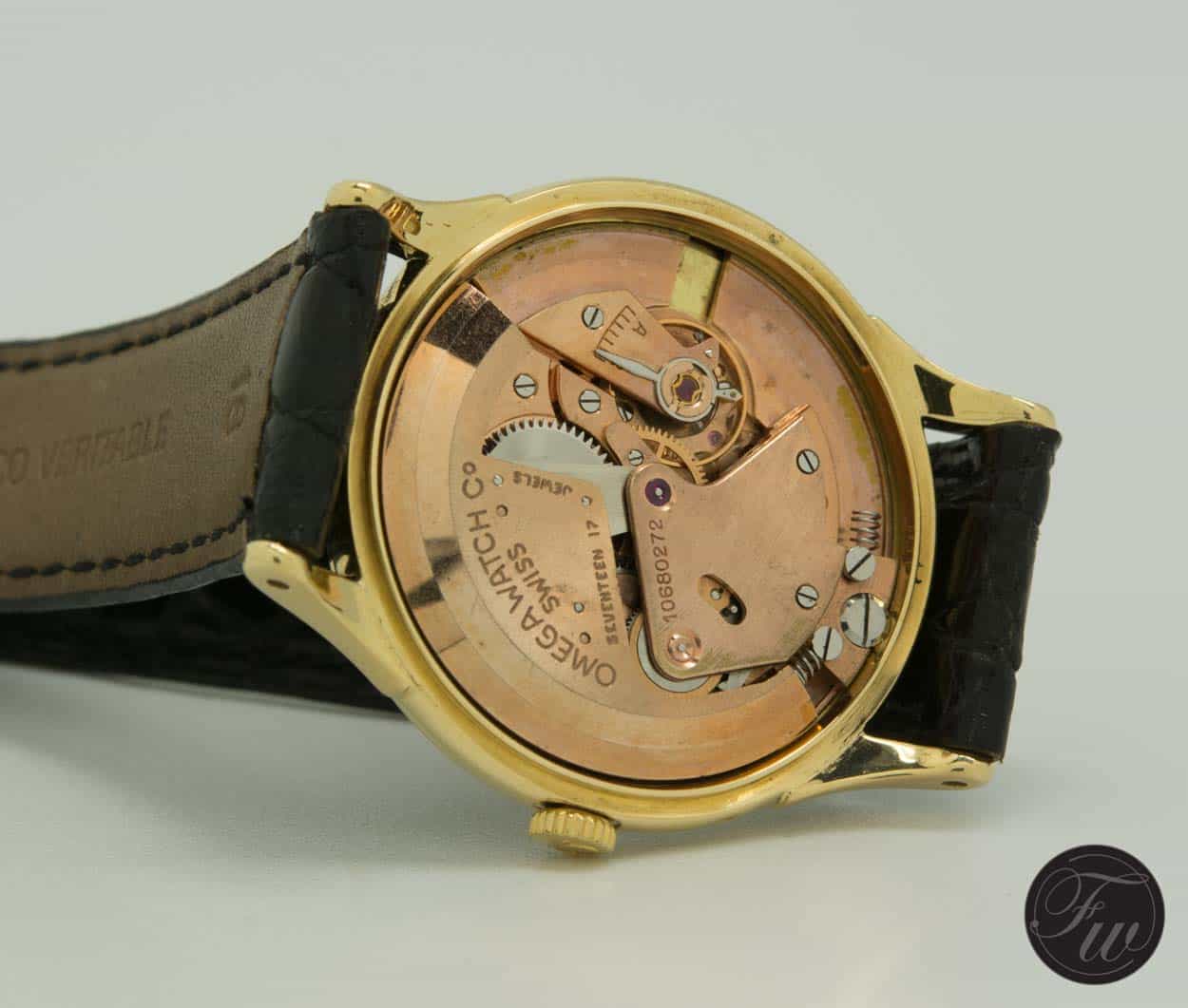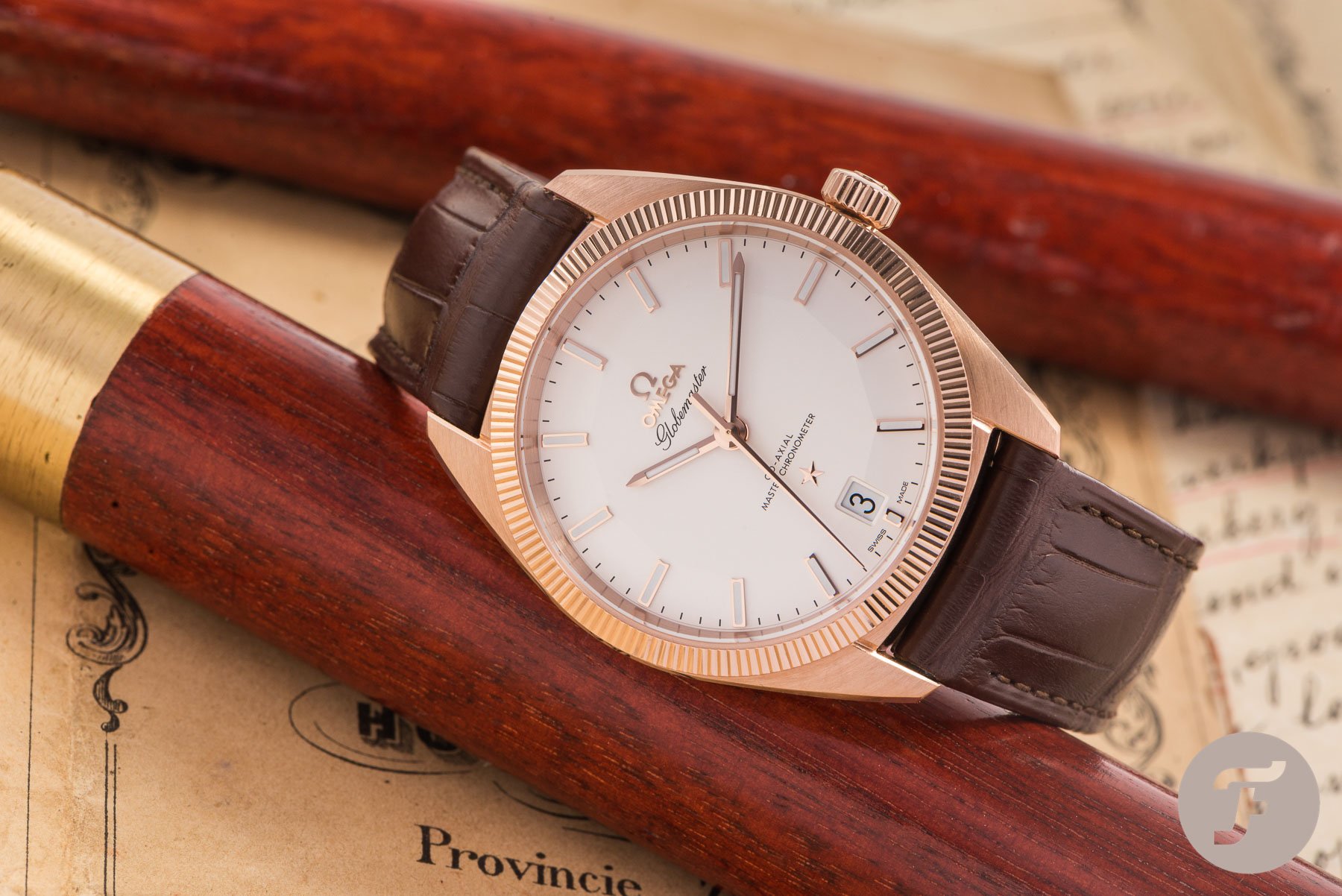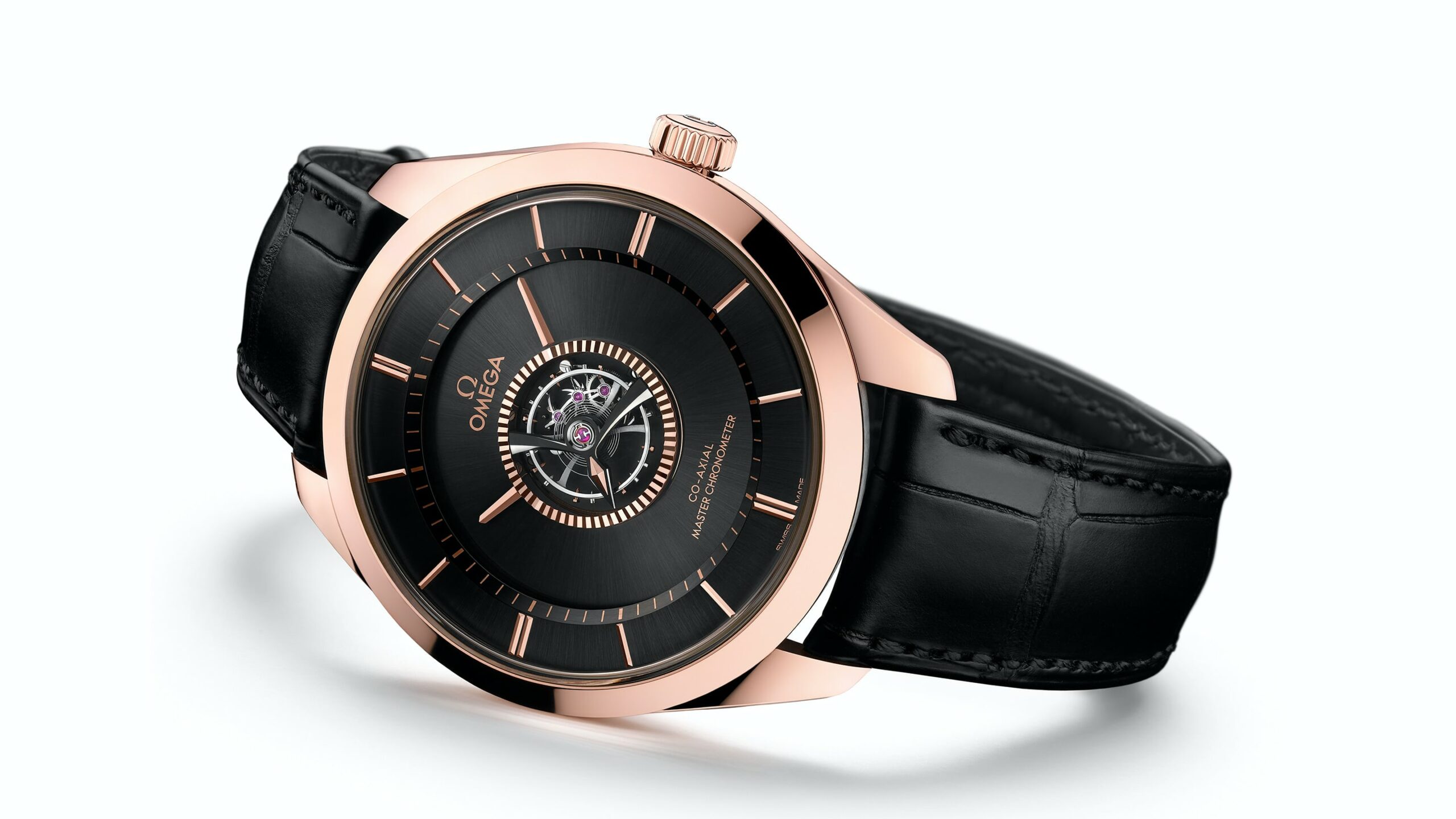Omega’s Highlights Throughout The Years: The Olympics, The Moon-Landing, And So Much More…
A manufacturer of watches that goes to extremes. Omega sent its creations to the moon and the bottom of the deepest point on earth, the Mariana Trench. But Omega is also a brand you associate with the glamour of movie star George Clooney, the adventures of secret agent James Bond, and the biggest sports event on the planet, the Olympic Games. Omega is everywhere and it’s always right on time because it continues to push horological boundaries with its ultra-precise Master Chronometers for example. Join us for a brief overview of some of Omega’s historical highlights.
Since 1848, Omega has set itself the goal of seeking out and pushing boundaries. The watch brand from Bienne, Switzerland, has achieved many memorable world firsts with this bold, adventurous and ambitious attitude. Ambitious goals that are sometimes big, and sometimes small. On July 21, 1969, the Omega Speedmaster was the first watch on the moon during what was most likely, the most memorable moment in human history.
Both the minute repeater and the chronograph are much more introverted highlights than the moon-landing…
Further back in time, in 1892, Omega (with more than a little help from Audemars Piguet on the movement side of things) produced the first watch with a minute repeater. Also important to the brand’s history is the year 1913 when Omega launched what might well be the very first wrist chronograph. Both the minute repeater and the chronograph are much more introverted highlights than the moon-landing, but they have great significance in the world of watches.
A watchmaker’s utopia
Omega’s starting point is in micromechanics. The design and realization of precise, complicated, and functional timepieces with great durability is the heart of Omega. As a result, its outstanding creations find a place on the world stage. For example, at the largest global sporting event, the Olympic Games. The motto of the Games is “Faster, Higher, Stronger”, a credo that also resonates with Omega. The highest goal of a timepiece manufacturer is to build a perfectly accurate timepiece. Supreme precision is the utopia that every watchmaker dreams of and/or is kept awake at night by.
In the light of precision and acting on the highest possible level, Omega taking on the role as official timekeeper at the Los Angeles Olympics back in 1932 makes perfect sense in two ways. Firstly, because of the idea that everything can and should always be better. And secondly, from a more pragmatic point of view; accurate timekeeping is a purely functional but absolutely essential part of sports.
… the official timekeeper of the 2020 Olympic Games …
The difference between winning and losing is sometimes only a fraction of a second and it needs to be measured by the best possible equipment. The Olympic partnership is a golden union that is still very much alive. Omega will be the official timekeeper of the 2020 Olympic Games that will actually take place in 2021 in Tokyo.
The Olympics
Raynald Aeschlimann, CEO, and President of Omega, is well aware that the upcoming Games will be a remarkable edition in times of COVID-19: “The Olympic Games are the pinnacle of sport. The Olympics are the largest sporting event in the world with the most impact. And the fact that audiences from outside Japan will not be allowed is a tragedy, but in the end, the Olympics is all about the athletes. Firstly their safety and health and secondly their performance. In addition, there will be Japanese supporters in the stadiums to cheer on the athletes. But we must also remember that Omega is foremost at the service of the athletes during the Olympics. Everything revolves around them, they are central.”
“Omega is foremost at the service of the athletes during the Olympics…”
Not just the Olympic Games, but also other prestigious sports and sporting events are traditionally supported by Omega. Golf, for example, as well as swimming with the legendary American champion Michael Phelps, the most successful Olympian of all time with no less than 23 gold medals, as a prominent ambassador of the brand. The prestigious America’s Cup, the historic sailing competition between national teams navigating the most extreme high-tech sailboats that can reach absurd speeds, also has Omega on board. As a partner of the team from New Zealand, and also as the timekeeper of the most extreme regatta in the world.
The 36th edition of the Auld Mug was timed for the third time this year by Omega …
Dating back to 1851, the America’s Cup is known as the oldest trophy in international sport. The 36th edition of the Auld Mug was timed for the third time this year by Omega. The brand has also partnered with Emirates Team New Zealand since 1995. And that team won the 36th edition by beating an Italian boat.
“The America’s Cup occupies a very special place within Omega. From ingenuity and precision to the competitive energy and history, every part appeals to us. As the official timekeeper of the race and partner of the winning team, we have reason to be doubly proud.”
10,925 meters beneath the water surface
By diving to a record depth of 10,925 meters, Omega also made a name for itself under the water surface. When Omega celebrated its centenary as a watch manufacturer in 1948, it launched the Seamaster. To this day, the model is one of the most sought-after and respected watches in the Omega family. It is an interesting and colorful family too.
The Seamaster collection ranges from the professional Ploprof (short for plongeur professionnel, French for professional diver) that feels right at home in the deep sea, to the Aqua Terra, a stylish classic that also cuts a fine figure on land.
Three Seamaster Planet Ocean Ultra Deep Professional prototypes were attached to the outside of the boat.
The most extreme of all Seamasters is the experimental Planet Ocean Ultra Deep Professional. In May 2019, deep-sea explorer Victor Vescovo successfully sent his submarine “Limiting Factor” to the bottom of the Mariana Trench. The submarine has a nine-centimeter thick titanium hull that can withstand a pressure of 1,000 bar; the weight of fifty jumbo jets stacked on top of each other. Three Seamaster Planet Ocean Ultra Deep Professional prototypes were attached to the outside of the boat. The dive to a world record depth of 10,925 meters was passed with flying colors by the three diving watches extraordinaire.
A Seamaster in the 25th James Bond film
It’s hardly surprising that the robust Seamaster is also James Bond’s watch of choice. And it has been since 1995. In “GoldenEye” from that year, Pierce Brosnan wears a Seamaster Professional 300. His version is not your average watch of course, but a creation Q equipped with a laser weapon. Also in the 25th James Bond movie “No Time to Die”, 007 will wear a Seamaster.
Real heroes in space
Astronauts are heroes just like 007, but with one very important difference; astronauts are real. That means that their adventures happen not in front of a green screen, but in reality. And that also means that they will most likely encounter challenging and, very possibly, life-threatening situations.
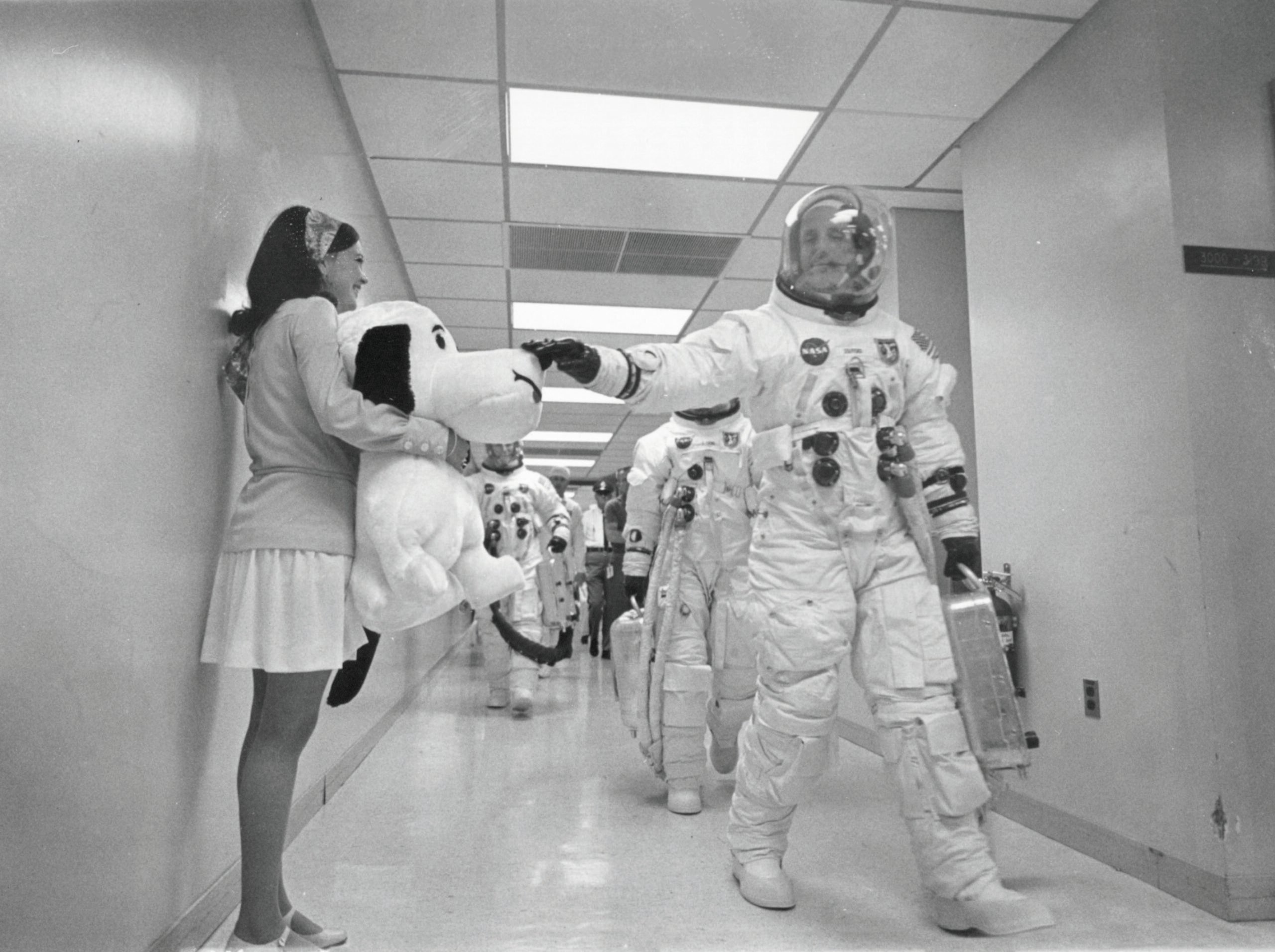
Apollo 10 astronaut Tom Stafford touches Snoopy for good luck just before the launch on May 18th 1969
Eliminating every danger in space is impossible, but equipping astronauts with the best possible equipment and instruments can help them prepare for and face the challenges of space.
…the Speedmaster was approved by NASA and it became the official chronograph for US space missions.
The story of Omega in space starts with astronaut Wally Schirra in 1962. Looking for a robust watch with a stopwatch function, Schirra bought himself a Speedmaster chronograph — a watch that is actually intended for motorsport, hence the name.
The Speedmaster would become the first Omega in space thanks to Schirra’s purchase. The hand-wound chronograph functioned so well that three years later the Speedmaster was approved by NASA and it became the official chronograph for US space missions.
The first watch on the moon on the wrist of the second man on the moon
The Omega Speedmaster earned its well-deserved nickname “Moonwatch” the hard way. The highlight for the Speedmaster, and indeed all of humanity, was the moon landing of 1969. The chronograph became the first watch on the moon on the wrist of the second man on the moon, Buzz Aldrin. Neil Armstrong was the first to step on the moon, but because the onboard clock broke during the space journey, Armstrong’s watch was used as a backup clock. The fact that the Speedmaster was used as an observer’s replacement instrument says a lot about the qualities of the watch, which has since been given the unique nickname “Moonwatch”.
There we were, on the moon, and all the while we knew exactly what time it was in Houston, Texas…
Buzz Aldrin later talked about how the Speedmasters were used aboard a spacecraft: “It was difficult to activate the stopwatch with gloves on. We wore the Speedmaster mainly to time the different shifts in mission control. There we were, on the moon, and all the while we knew exactly what time it was in Houston, Texas.”
Precision leads to victory
The precision Aldrin refers to is a core value of Omega. Building a mechanical timepiece that runs exactly on time is the eternal and ultimate goal of any self-respecting watch brand. When a timepiece runs within strict standards, it deserves the name chronometer.
In the past, accuracy competitions were the place to measure yourself as a watch manufacturer with the competition. Between 1919 and 1971, Omega achieved 93 victories and set 72 world records in chronometer competitions held at the Kew-Teddington, Neuchâtel, and Geneva observatories.
The first time a brand presented a watch family consisting only of certified chronometers…
These observatory trials were once the “Academy Awards” of chronometry. The testing was rigorous, intense, and the most demanding in the watch industry. No wonder watch brands still flaunt past achievements. After all, an “Oscar” shines forever. During the manufacture’s centenary in 1948, not only the previously discussed Seamaster debuted but also the world’s first chronometer-certified wristwatch with an automatic movement, the Centenary.
This Centenary was received with such enthusiasm that Omega set to work to offer a collection of chronometers. After four years of research and development, the Constellation collection appeared in 1952. It was the first time a brand presented a watch family consisting only of certified chronometers. The decoration on the case back – the Geneva Observatory and eight stars representing two world records and six chronometer competitions won — shows the great historical value Omega places on the pursuit of supreme accuracy.
First COSC and then METAS for ultimate precision
Every Constellation is still a chronometer and every model is still a model of understated elegance and refinement. Omega has now taken an important step forward in the further development of chronometers.
The Master Chronometer certification now awarded to every Constellation watch takes the collection to the next level. But the Master Chronometer certification is not exclusive to the Constellation collection. Omega aims to present the entire collection as Master Chronometers in the short term.
If a watch does not meet the requirements, it is returned to a specific point of the production or assembly process.
The Master Chronometer certification is done by an independent party, the Swiss institute METAS. METAS is the Federal Institute of Metrology, the guardian of units of measurement in Switzerland. By the way, before a watch is tested on eight points by METAS, it must first be certified by the Contrôle Officiel Suisse des Chronomètres (COSC). A Master Chronometer is therefore certified twice and guaranteed to be accurate, anti-magnetic, and water-resistant. The watches are tested in the factory by METAS employees. Piece by piece and not randomly. If a watch does not meet the requirements, it is returned to a specific point of the production or assembly process. There, the problem is further investigated, rectified, and sent back to the METAS testers.
100% METAS within five years
The road to METAS certification is a very labor-intensive process that will only increase as Omega wants to have the entire watch production certified; first COSC and then METAS. “We aim for every Omega to be delivered with a METAS certificate within five years,” says Aeschlimann about the brand’s ambition. That means also the De Ville collection, Omega’s most classic and luxurious collection. A collection that includes the lavish Trésor, the feminine yet technical Ladymatic, the timeless traditional Hour Vision, the pure Prestige models, and the exclusive Tourbillon watches.
Getting to Mars on time
On the other hand, a Master chronometer to Mars is not a short-term goal for Omega. “I still dream of the moon,” says Aeschlimann. “The moon plays such a big role in people’s lives, has such an impact on life on Earth. And man hasn’t set foot on it for so long. So, the moon is more on my mind than Mars. Humans on Mars is something for the distant future. But when people go to Mars, Omega has to be there.” Thanks to their METAS-certified Omega Master Chronometers, these brave space pioneers will undoubtedly arrive there right on time.

